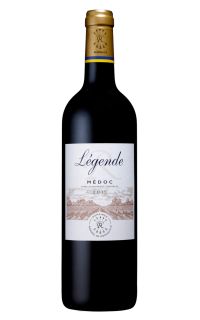Lafite dates to the 14th century, and the name means hillock in the gascon language. This land has had vineyards for a long time, and the seguir family organised it in the 17th century. This is when Lafite started gaining a great reputation in the art of winemaking. In the 1670s, Jacques de seguir planted the vineyard.
In the 18th century, lafites main market was London, which received great recognition during that time. Marquis Nicolas Alexandre de seguir improved the techniques used to make wine and enhanced it to be recognised in the Versailles court and foreign markets, and that is how Lafite wine was recognised as the king’s wine
Since the marquis did not have sons, his four daughters got the property divided among them. Lafite was later inherited by Nicolas Marie Alexandre de segue, who was the marquis’ older daughter. Due to financial issues, chateau Lafite was sold to Nicolas Pierre de Pichardo.
The property changed hands over time and faced many difficulties until it was bought by baron James de Rothschild in 1868 and three months later inherited by his three sons. Because of wars, crises, and disasters, the company faced many difficulties over the years, and baron Elie initiated the restoration of the buildings and the vineyards. He added dairy cows in the 50s to get organic fertilizer. He made a great impact in the restoration of fine wine.
Some fine vintages have been created over the decades, some with very high prices. One of the most remarkable seasons was 200, when the weather was dry over the growing season. Today, three main areas are making the vineyard which covers some 112 hectares. This area is well exposed to the sun and well drained. The soil is made of deep gravel mixed with aeoline sand and tertiary limestone as the subsoil.
The grape varieties are petit Verdot, cabernet franc, merlot, and cabernet sauvignon. Some of the grapevines are around 45 years old, but there is an old plot that was planted back in 1886. Traditional techniques are used at Domaines Barons de Rothschild based on manual harvest and strict control yields.
https://www.lafite.com
Find out more

















